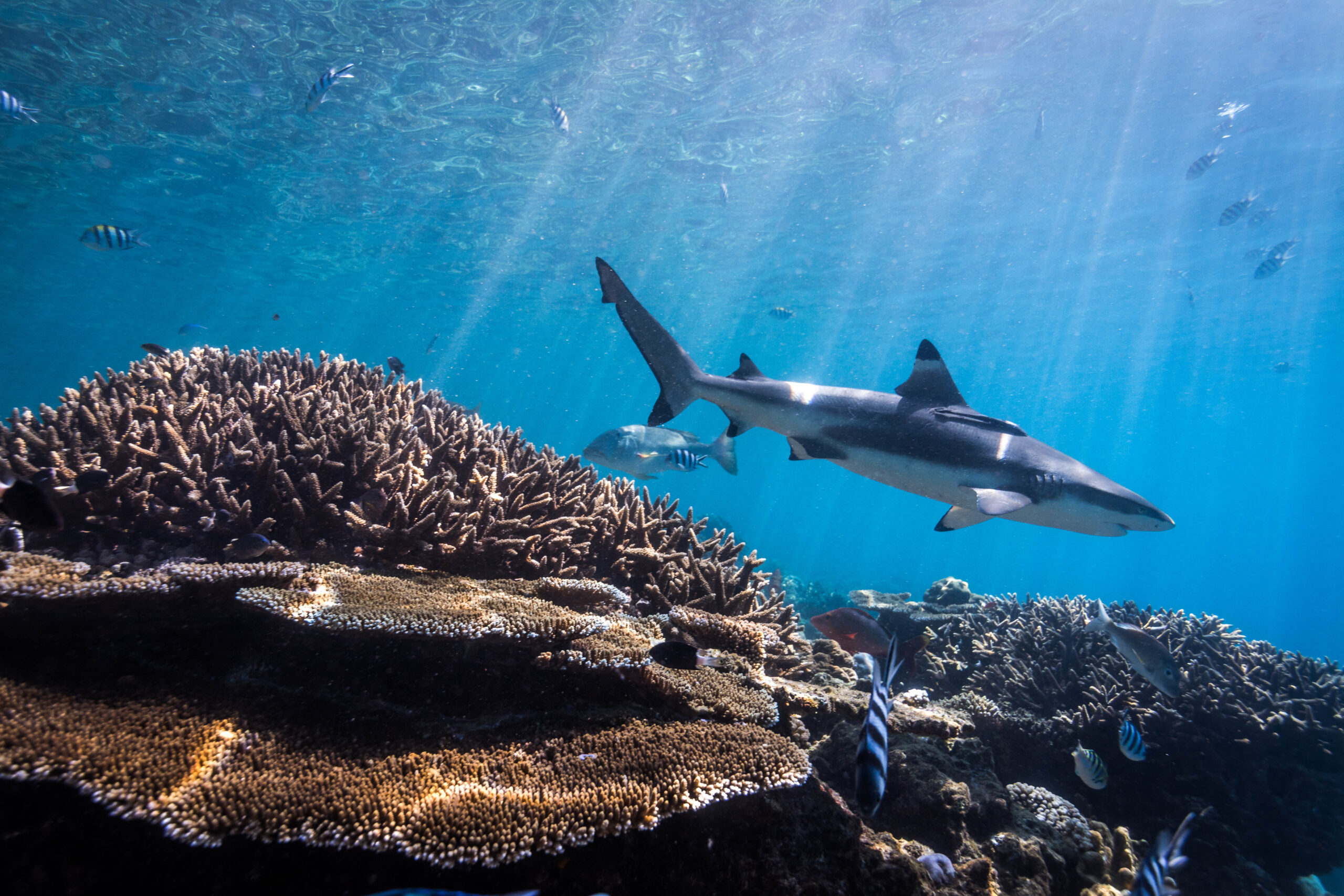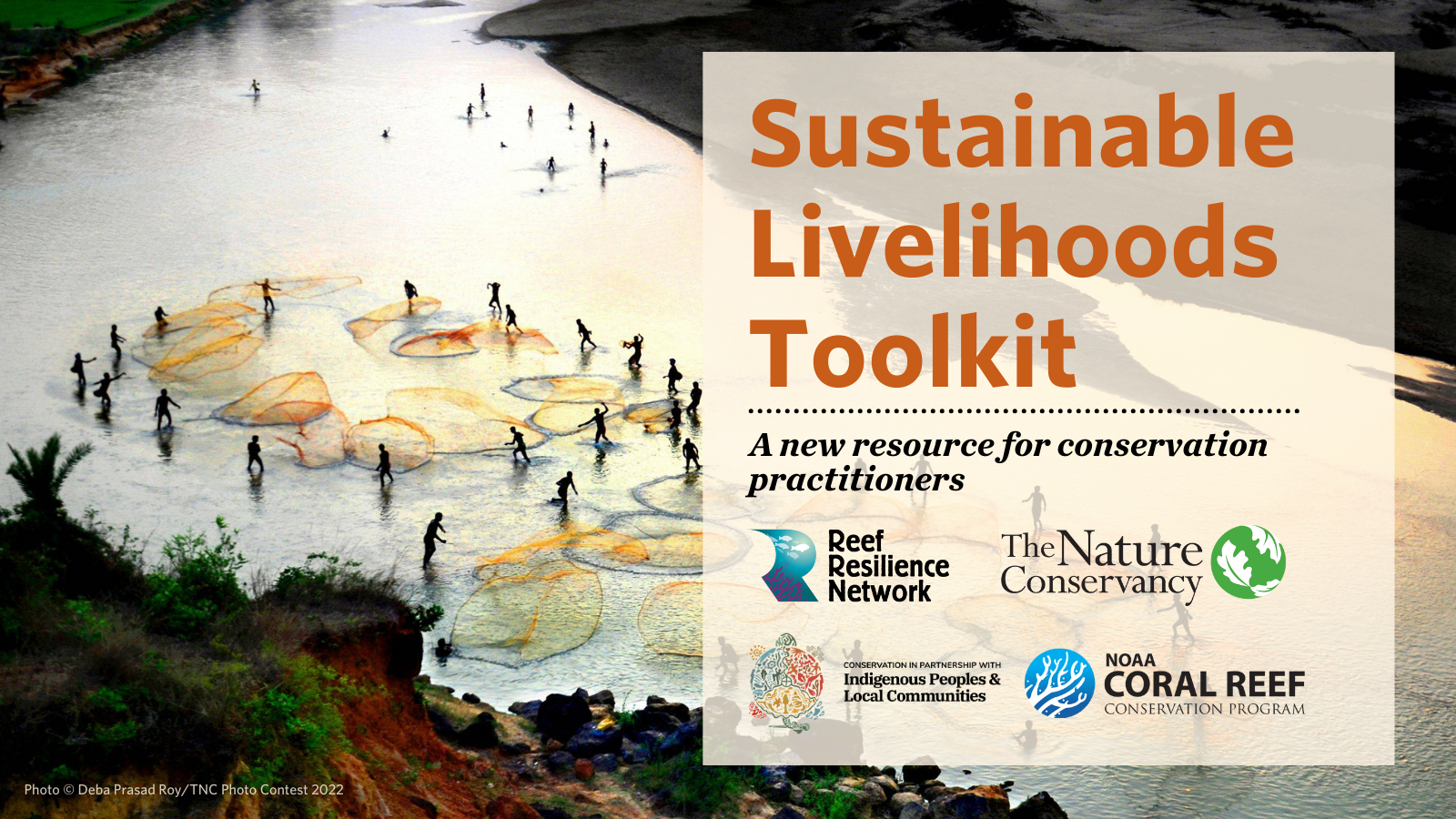This study investigates the use of modeling techniques to quantitatively examine rates of coral cover change due to these effects. Broad-scale probabilities of change in shallow-water reef-building coral cover in the Hawaiian Archipelago for years 2000–2099 were calculated using a single middle of the range of future greenhouse gas emissions scenario.
Model results suggest that under a regime of warming temperatures over the 21st century, mean growth rates of surviving corals have a high likelihood of increasing significantly towards the northernmost end of the Hawaiian Archipelago (e.g. Kure, Midway, Pearl and Hermes Atolls); increasing to a lesser degree towards the center of the chain (e.g. Maro Reef, French Frigate Shoals) and remain roughly stable to the South (the main Hawaiian Islands and Johnston). However, the contribution of increasing growth rates to increasing coral cover will most likely be more than offset by mortality associated with increasing incidence of episodic heat stress events (coral bleaching), especially in the northern end of the archipelago, where projected probabilities of episodic mortality are much higher.
If Hawaiian corals are not able to increase their tolerance to future levels of heat stress, model output suggests it is extremely unlikely that viable coral populations will exist in the shallow waters of the Hawaiian Archipelago in 2100. Despite large uncertainties, the analysis quantitatively illustrates that a large decline in coral cover is highly likely in the 21st Century, but that there are significant spatial and temporal variances in outcomes, even under a single climate change scenario.
Author: Hoeke, R.K., P.L. Jokiel, R.W. Buddemeier, and R.E. Brainard
Year: 2011
View Full Article
PLoS ONE 6(3): e18038. doi: 10.1371/journal.pone.0018


